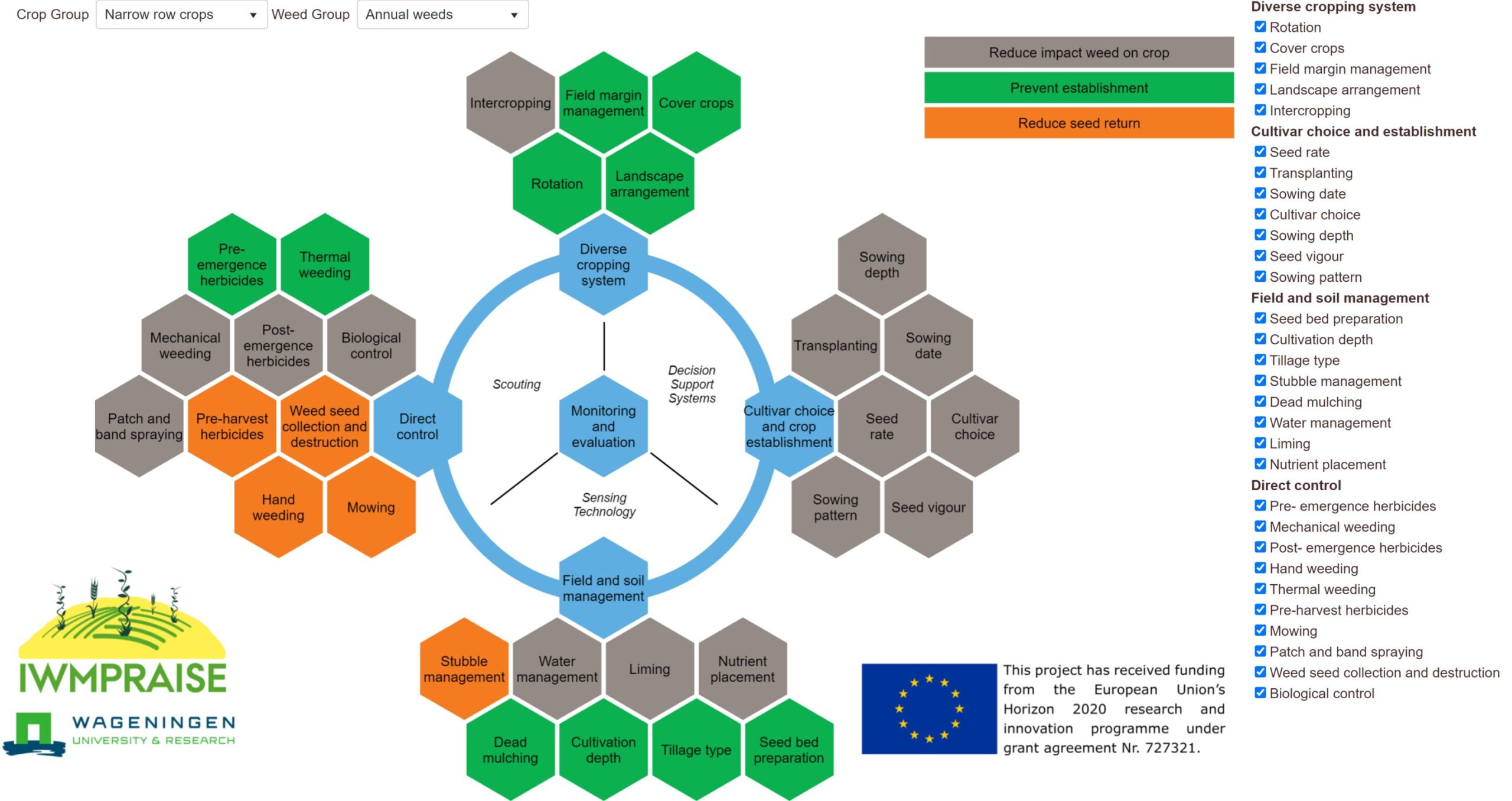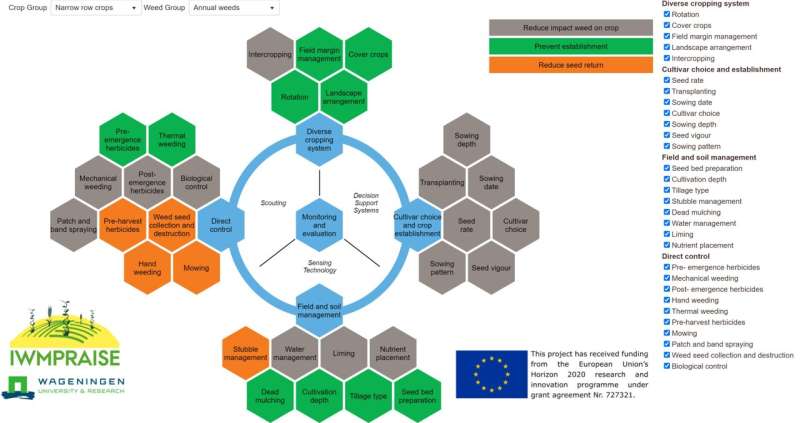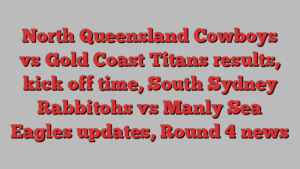

Pesticide use must be reduced. The EU has set a target to reduce pesticide use by 50% by 2030. Therefore, a strong focus on integrated weed management must be maintained in the coming years. When it comes to weeds, the focus has mainly been on improving the efficacy of pesticides, replacing or complementing them with mechanical treatments in the field.
In the last five years, the Horizon 2020 project IWMPraise—Integrated Weed Management: PRActical Implementation and Solutions for Europe has conducted a large number of trials on a wide range of tactics that can contribute to integrated weed management. This has been done in collaboration between researchers, agricultural advisors and manufacturers of weed control equipment.
“There is a need for a paradigm shift in weed management. For too long, the focus has been on single treatments within a single growing season. There is a need for a more comprehensive mindset, where we focus on the long-term consequnces and thus on more crops and weed species at a time. This is what we have been working on in IWMPraise for the last six years. Not only have we explored many individual methods that can help us move in the right direction. We have also developed a very concrete and user-friendly tool that can help farmers and advisors plan their weed control and incorporate many more measures that can prevent weed problems, implement non-chemical control and minimize seed shedding as well as the build-up of the seed pool in the soil,” says Professor Per Kudsk from the Department of Agroecology, who coordinated the IWMPraise project.
Practical tool for farmers and advisors
The high effectiveness of herbicides has meant that the same crops can be grown frequently without more weeds appearing in the field. Before the introduction of herbicides in agriculture, crop rotation had to be varied, as this is an effective way to avoid the multiplication of specific weed species.
Less variety in the crop rotations has led to a dominance of fewer, but often more problematic weed species, which in turn increases the dependence on a now limited supply of herbicides. In addition, the increasing resistance to herbicides amplifies the need to use alternative methods of weed control.
The negative effects of herbicide use can be counteracted by a more diverse weed control based on a conscious shift in management strategies. According to the researchers, this will require long-term strategies that do not only focus on the results of the next growing season.
“Integrated weed management has simply not been implemented in many places, and there have been no intuitive tools to help farmers. Switching from using herbicides to integrated solutions is complicated. It requires more work and knowledge, and it can be difficult to develop the right strategy on your own. We have therefore created a user-friendly tool that helps farmers design and implement IWM strategies in practice,” says Senior Advisor Mette Sønderskov from the Department of Agroecology.
The IWM Tool, developed by Wageningen University and Research, is based on concepts from the IWMPRAISE project. It brings together the existing knowledge on different methods and available tools for integrated weed management. The tool is designed to help farmers and advisors to diversify the weed management strategies to fit their specific needs.
Free and easy to access
The IWM Tool is very easy to use. The tool is built on a scientific basis, as explained in a scientific publication in the European Journal of Agronomy.
The basis of the tool consists of five pillars:
- Diverse cropping systems
- Cultivar choice and establishment
- Field and soil management
- Direct control
- Monitoring and evaluation
As a user, you can select the type of crop you have in your field, the type of weeds you want to control, and you will get an overview of a number of different methods from the five pillars that control weeds at different stages of their life cycle. Each method is described in detail so that they are easy to understand and implement directly on farm scale.
“It is a tool where you basically choose what you are interested in knowing more about, and then you find suggestions for one or more solutions that can be implemented into a weed control strategy. It is easy and straightforward, and even free to use,” says Mette Sønderskov, who explains that the researchers from Wageningen University and Research tested the tool’s user-friendliness on a small group of end users when the tool was developed, and that the group was happy with the tool.
Dive into the IWM universe
IWM Tool is not the only result of the IWMPraise project. While the IWM Tool is built around methods that already exist, the researchers have also developed a number of Tool Sheets describing both existing and new methods. Each method has its own sheet, where the method is described in detail and assessed in terms of how easy it is to use, and how effective it is. All sheets are available on the project website.
However, the full overview of the experiments carried out is only available, when you dive into the four bookletsof the IWMPraise project. The booklets describe trials carried out in the project’s seven partner countries and their results. In these trials, the project’s 37 partners have contributed with knowledge, equipment and practical implementation.
The cooperation between the whole chain of stakeholders from farmers, machinery and seed producers to advisors and researchers illustrates the multi-actor concept that the project is built around. In addition, the project has resulted in many scientific publications and international collaborations, which are now being continued in new projects on integrated pest management.
Integrated weed management for sustainable cropping systems
“When the project started in 2017, the aim was to contribute to more sustainable crop protection in Europe, we wanted to help put integrated weed management on a better footing. We have achieved this in the six years of the project. Our research shows that integrated weed management can be part of sustainable cropping systems. The methods we have worked with and recommend in our IWM Tool can help increase the resilience of cropping systems without jeopardizing profitability or the supply of food, feed and biomaterials,” says Per Kudsk, who hopes that farmers and advisors will implement the free tool in their planning routine so that integrated weed management becomes more and more widespread in Europe in the future.
“In addition, there is plenty of opportunity to learn much more about integrated weed management by visiting the IWMPRAISE website and diving into some of our many publications, booklets and inspiration and tool sheets,” he concludes.
Provided by
Aarhus University
Citation:
Providing help with integrated weed management (2023, March 24)
retrieved 24 March 2023
from https://phys.org/news/2023-03-weed.html
This document is subject to copyright. Apart from any fair dealing for the purpose of private study or research, no
part may be reproduced without the written permission. The content is provided for information purposes only.

